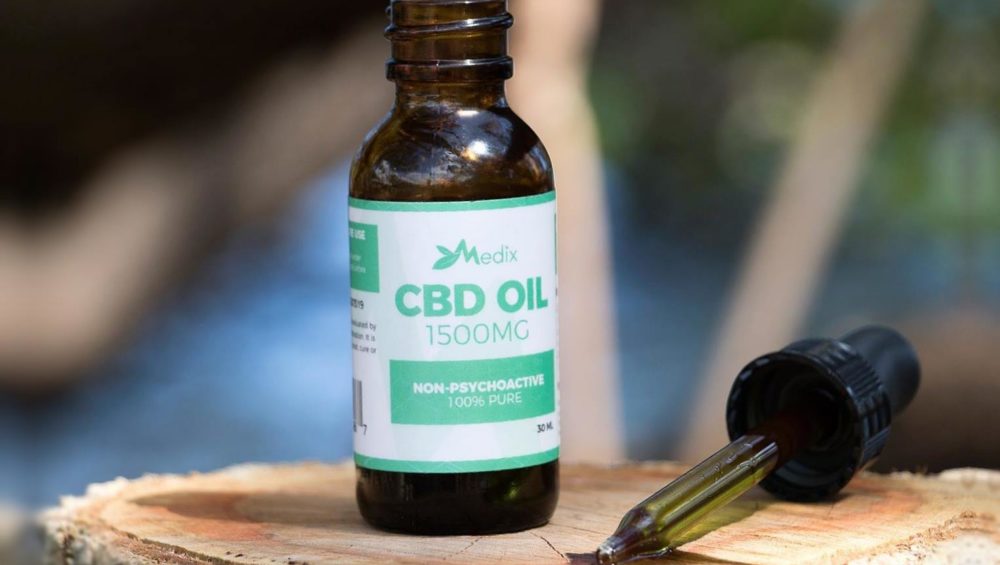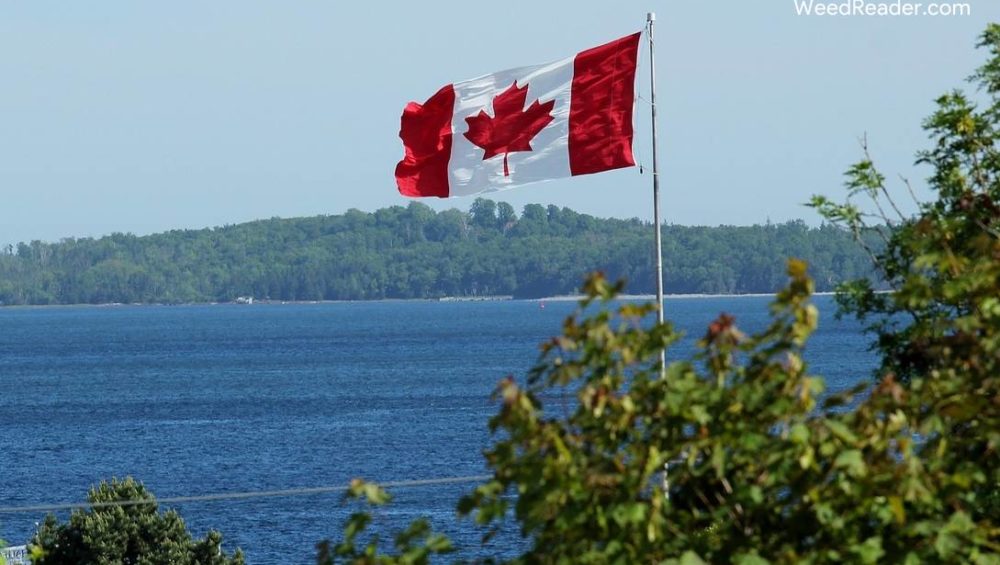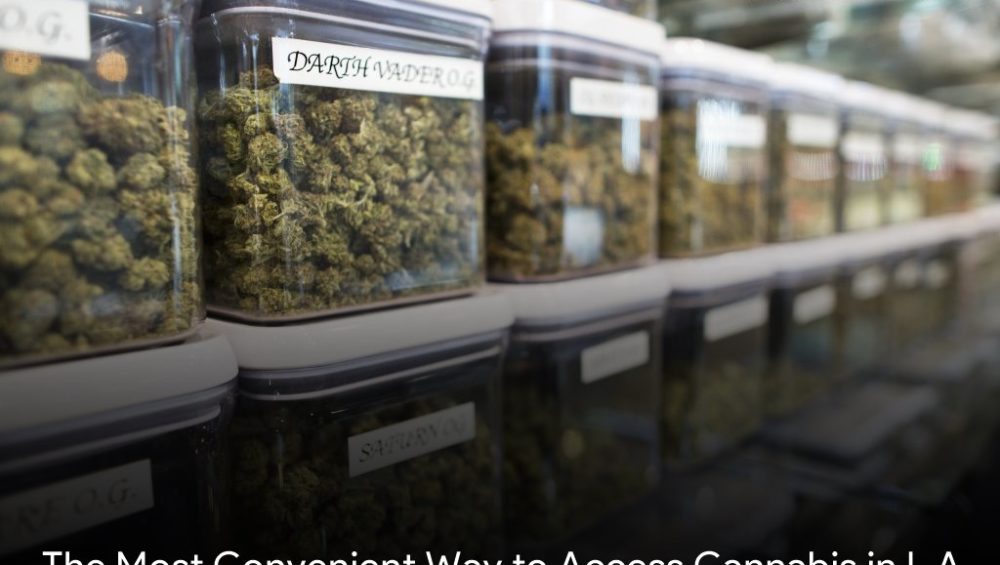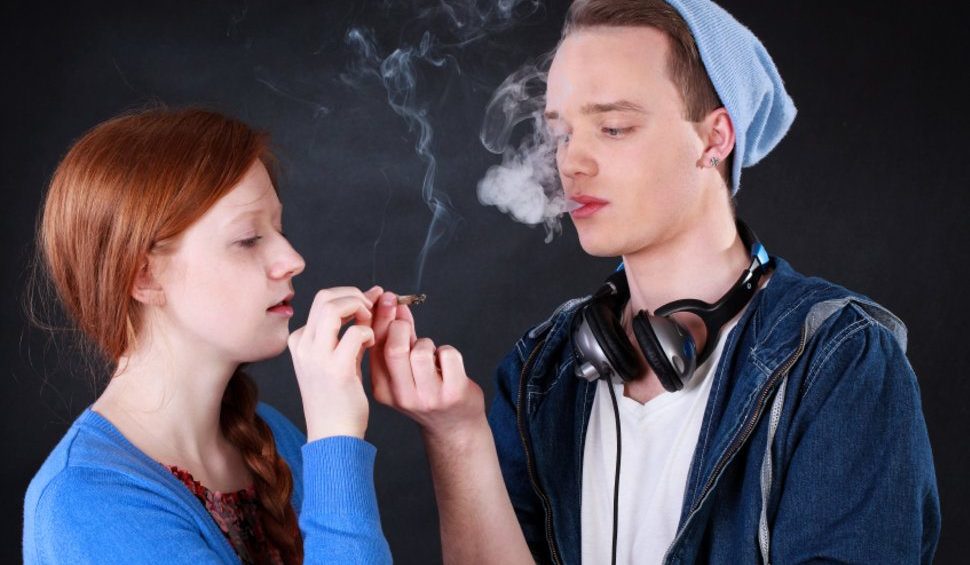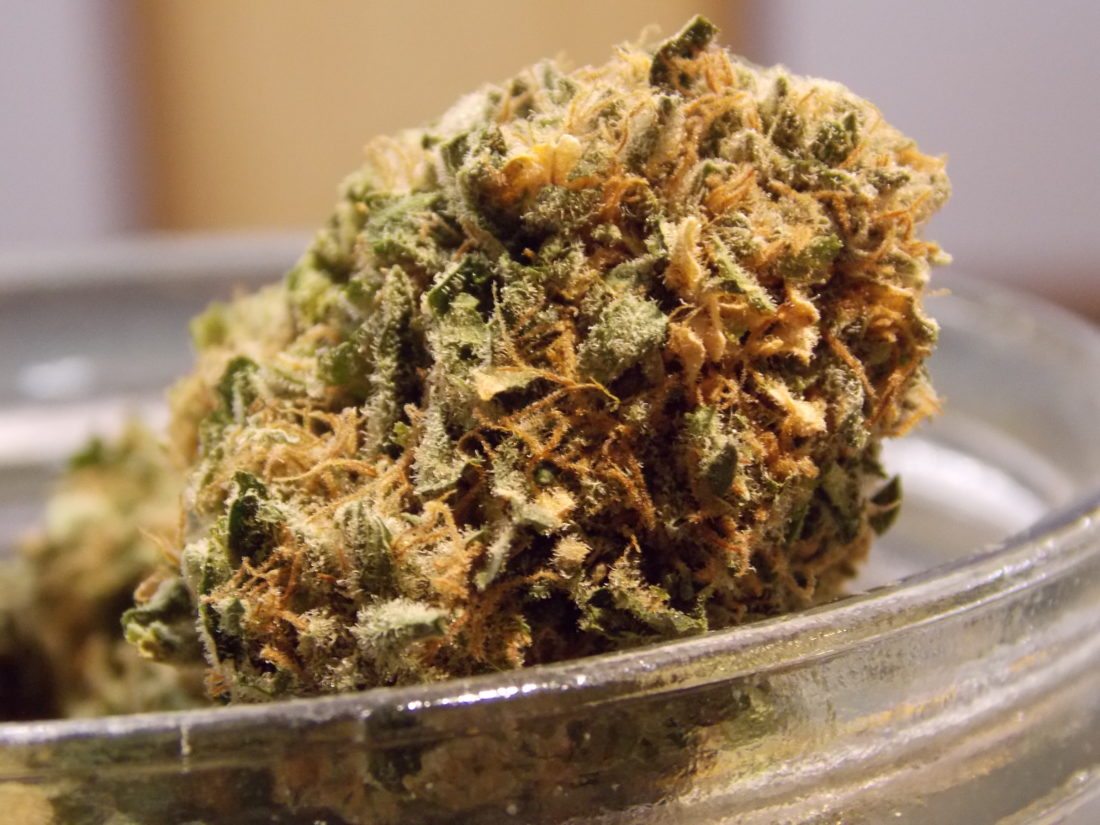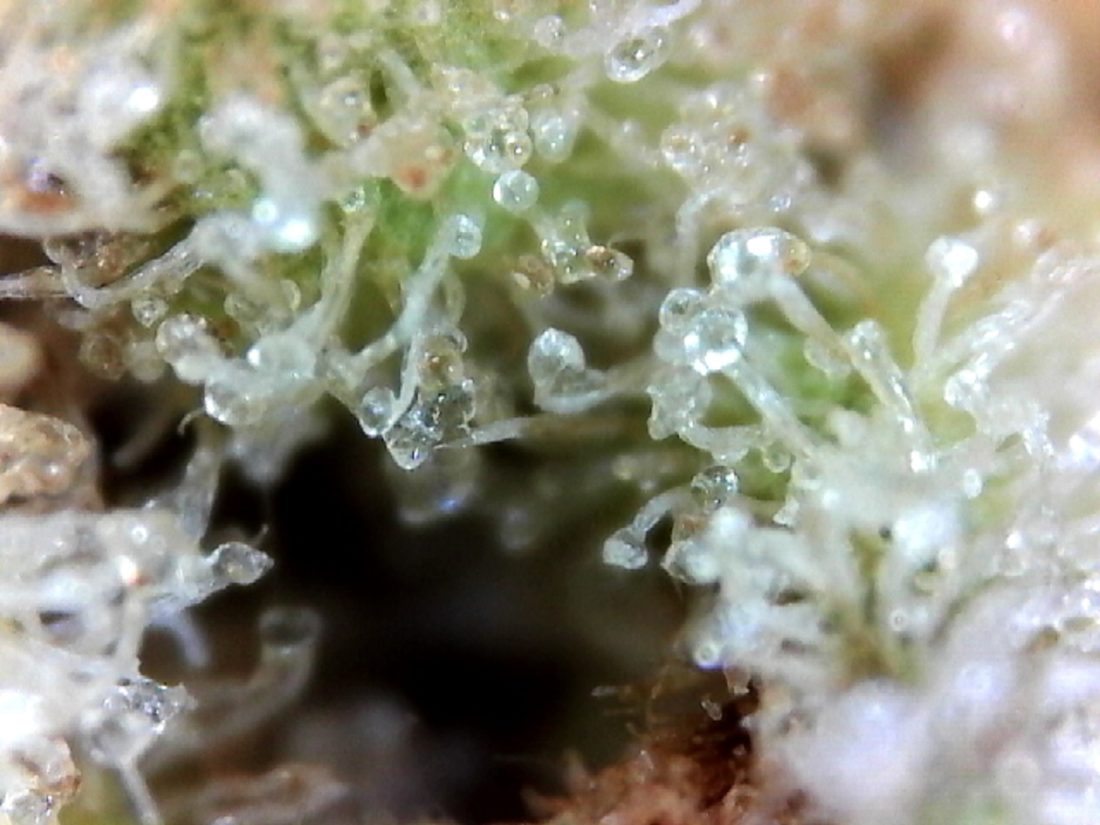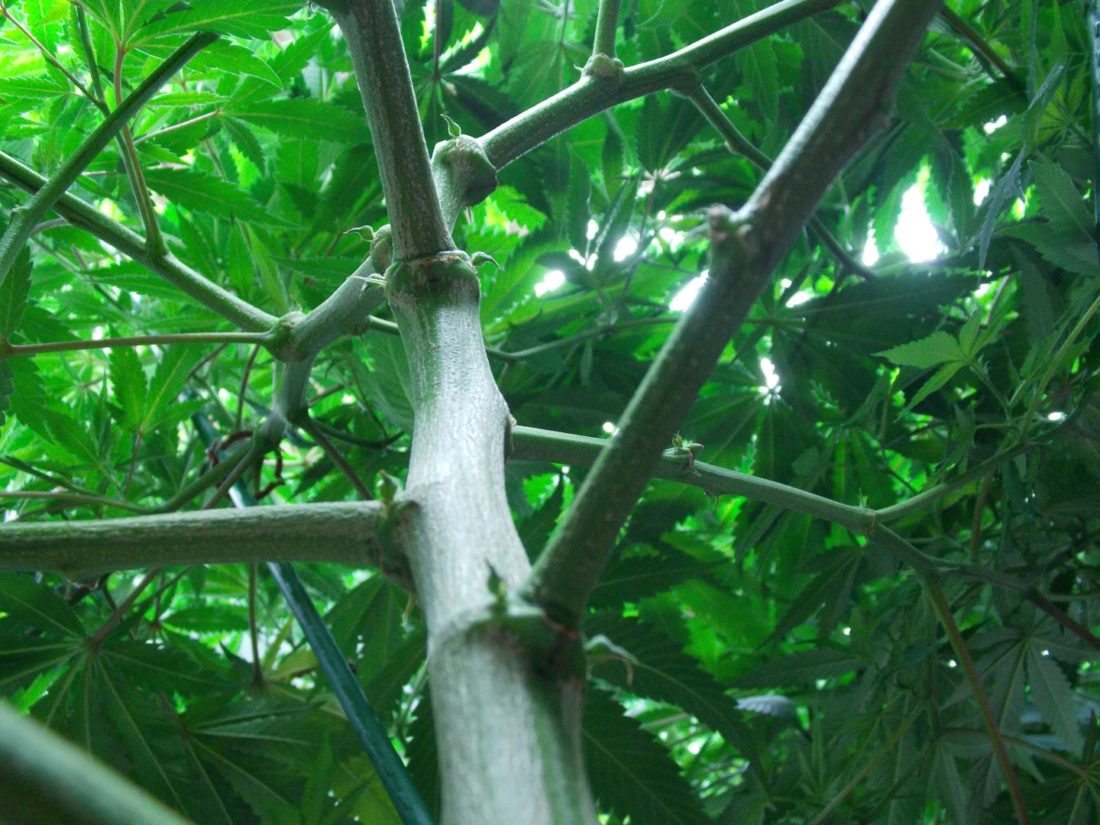“Sexy Mexy,” “Mexican Red Hair”,” and ” Mexican Swag. ” These are just a few of the terms I’ve heard pertaining to Mexican grown cannabis over the years. You see, like in the U.S. the illicit cannabis market has blossomed throughout the country for many years. This is despite a prohibition being enforced against the plant for decades. In the past few years, however, there have been multiple rulings that have led up to what will soon forever change the legality of cannabis in Mexico.
Here is a little history surrounding cannabis in Mexico!
- It is believed, that cannabis was first brought to Mexico by the Spanish during the 16th century.
- Hemp was a widely cultivated crop throughout the Spanish colony for the production of textiles.
- By mid-19th century cannabis was widely used for recreational and medicinal purposes throughout Mexico.
- Near the end of the 19th-century cannabis started to be introduced to prohibition. It all started with a military hospital in Mexico City in 1882.
- In 1920 cannabis was banned from being sold utilized or produced.
- In 1927 there was also a ban placed on the exportation of cannabis out of the country.
- Just like in the United States during the 1960’s and 70’s cannabis was very prevalent in Mexico. During this time, the US government-sponsored a controversial program. This program allowed helicopters to spray the herbicide paraquat across cannabis fields throughout Mexico.
Despite many efforts throughout the years cannabis never met its demise in Mexico and likely never will thanks to recent rulings. Let’s take a look at what has led up to the recent monumental rulings.
The Path to Legalization
The path to legalization officially began in August of 2009 in Mexico. It was at this time that Mexico took steps to decriminalize cannabis possession in small amounts. These rules were also applied to other street drugs. This was in an attempt to reduce or eliminate the illicit black-market drug activity in the country.
This first step to legalization established maximum amounts to be considered personal use. This new law defined 5 grams of cannabis as being personal use. It did not completely legalize it however even in this small amount. What it did do is allow those caught in possession of cannabis to seek drug rehabilitation rather than incarceration or a fine.
The next step to legalization occurred 7 years later in 2015. In November of this year four individuals from the Mexican Society for Responsible and Tolerant Personal Use were granted permission from the Supreme Court to grow and consume their own cannabis.
This judgment received a 4:1 vote by the court. Their decision was based on the finding that cannabis prohibition was unconstitutional in the respect that it violated the human right to free development of one’s personality. This judgment however only applied to these four individuals.
The Latest Rulings – What You Need to Know
The latest and what should prove to be the most significant ruling took place on October 31st, of 2018. The Mexico Supreme Court issued two rulings on this day in relation to cannabis. The first ruling was the 5th of its kind based on the finding that cannabis prohibition is unconstitutional.
Being that it is the 5th ruling, according to law in Mexico, it becomes precedent. This means that Congress must rewrite the drugs laws in the nation to comply with this ruling. They have 90 days to do so according to The Washington Post.
The second ruling declares that all judges nationally are now bound by judgment of the Supreme Court should they choose to prosecute cannabis charges for small amounts.
So is cannabis now legal in Mexico? Well not exactly. While decriminalization statutes still apply it is very unlikely that a judge would pursue charges for small amounts of cannabis under this ruling. So you could say that cannabis is legal in a practical sense, but until laws have been rewritten it is not formal.
The big question now is, what will they replace the current law with? Some believe that they will simply formalize the same regulations that were granted in 2009 to the 4 individuals. Others, however, feel that they will take this chance to regulate a market surrounding the cultivation, purchase, and consumption of cannabis like Canada recently did. For now, it is uncertain. What we do know is that this latest ruling will drastically change cannabis laws in Mexico for the better!




